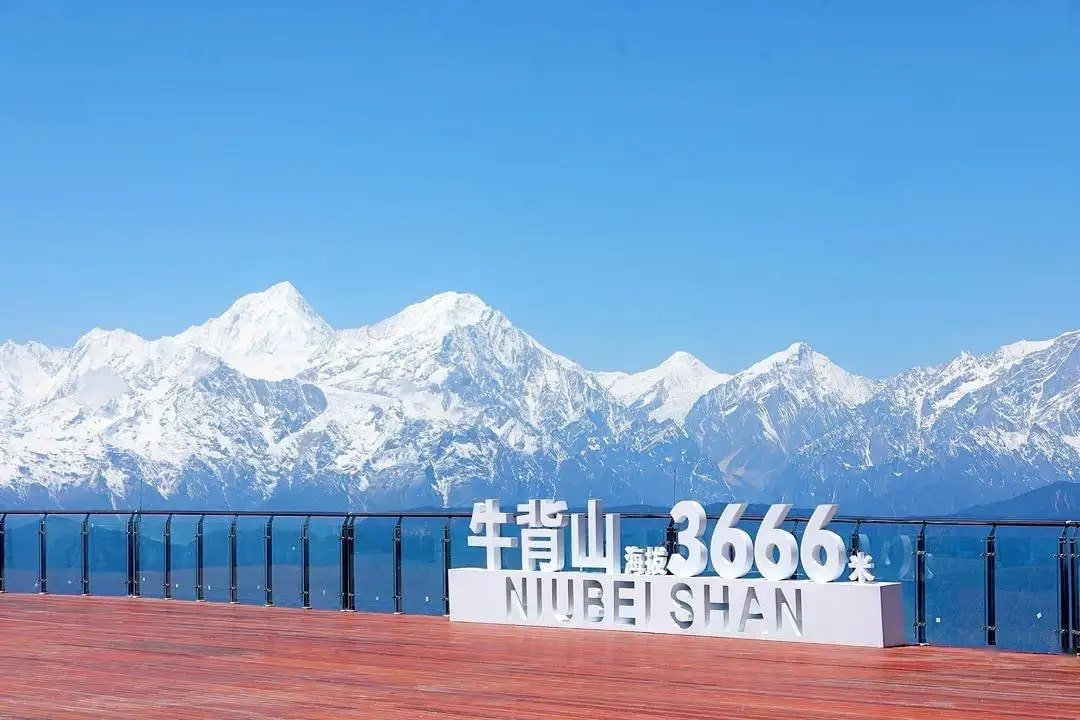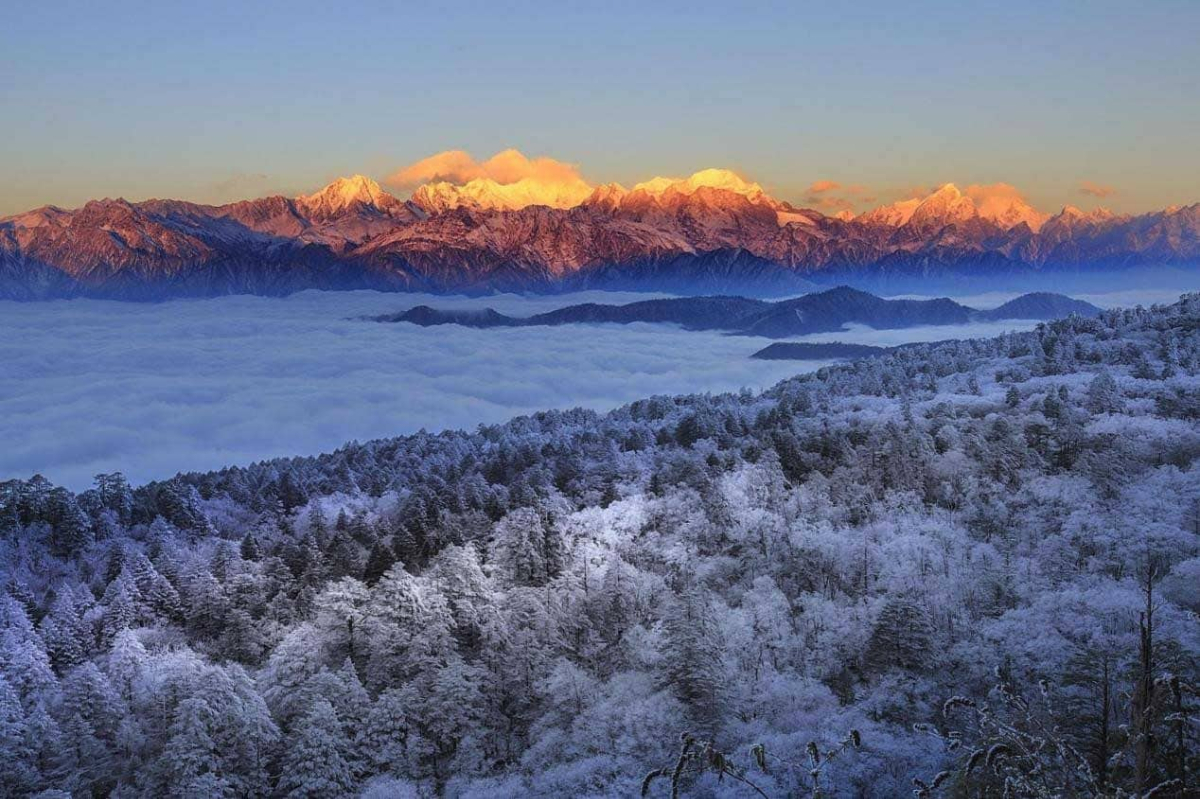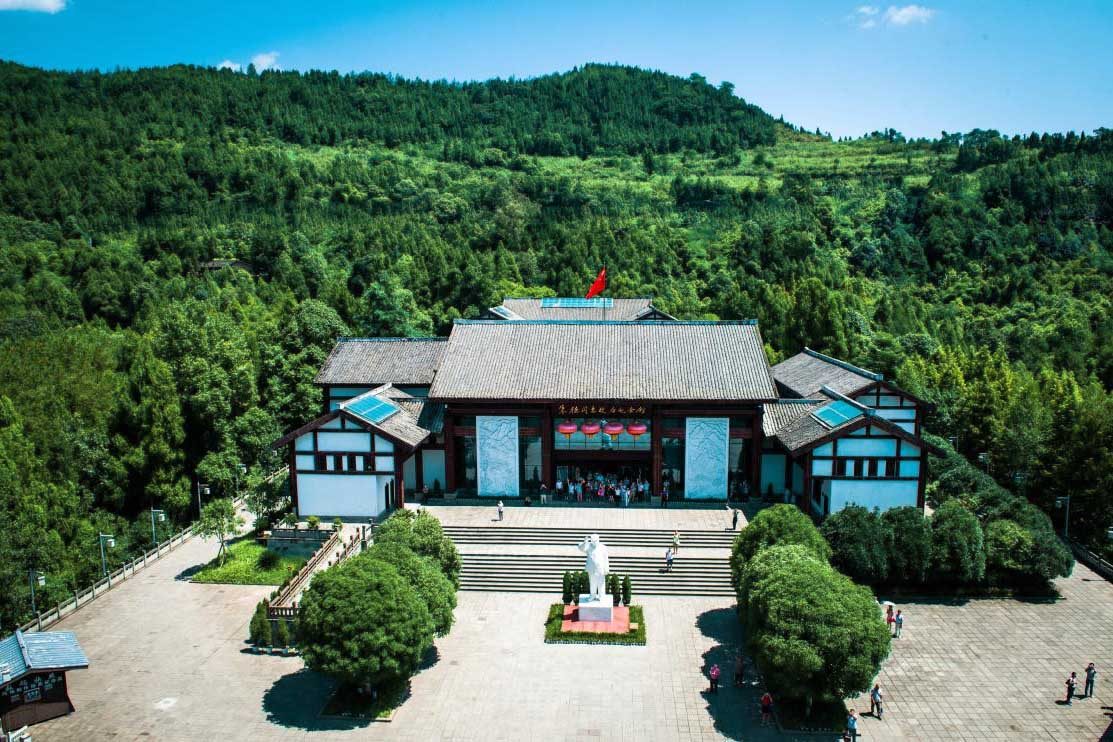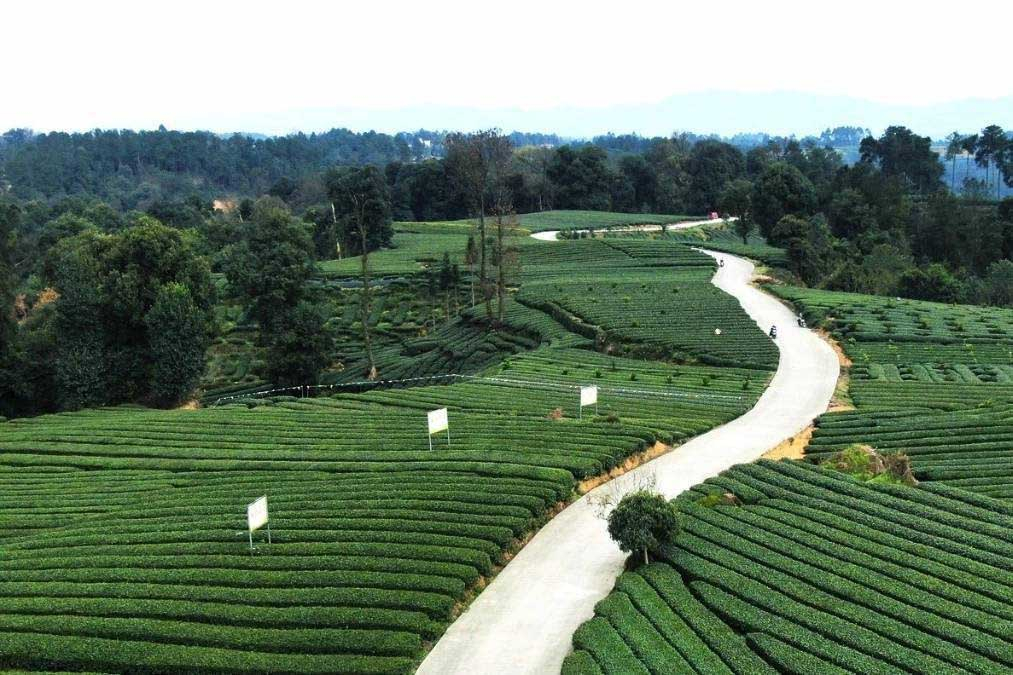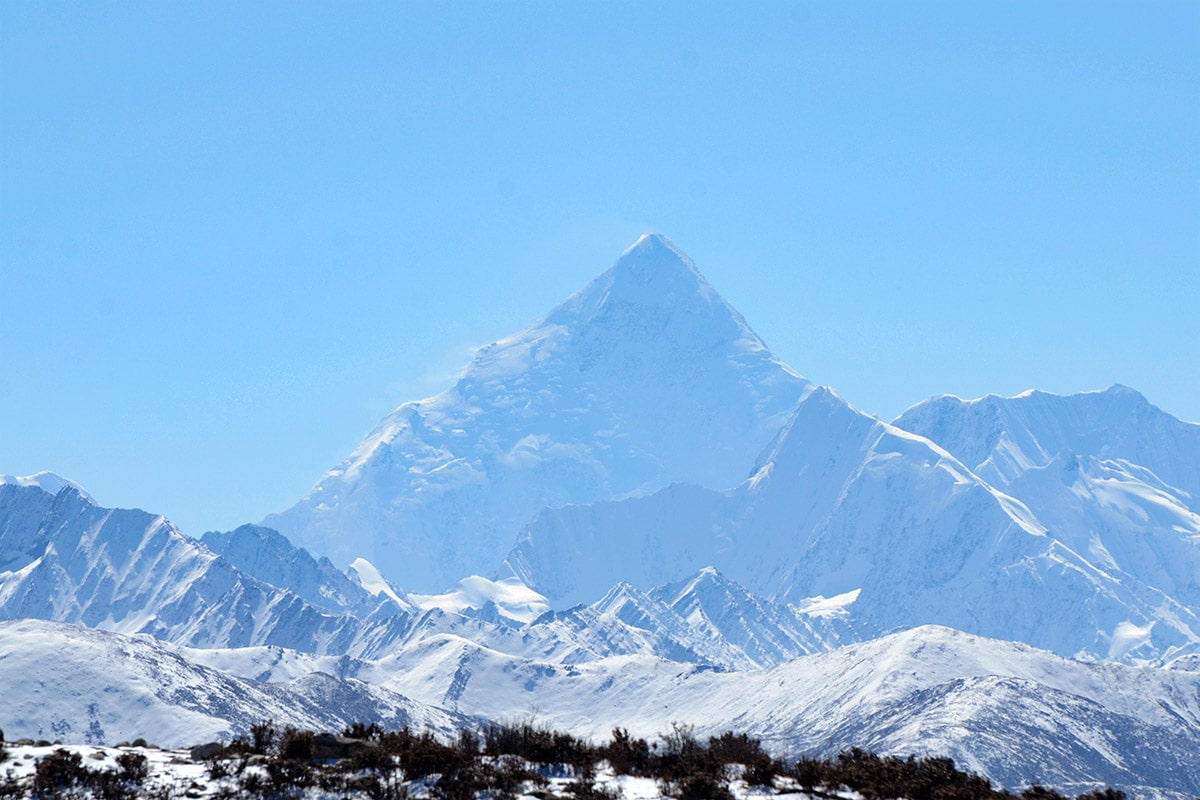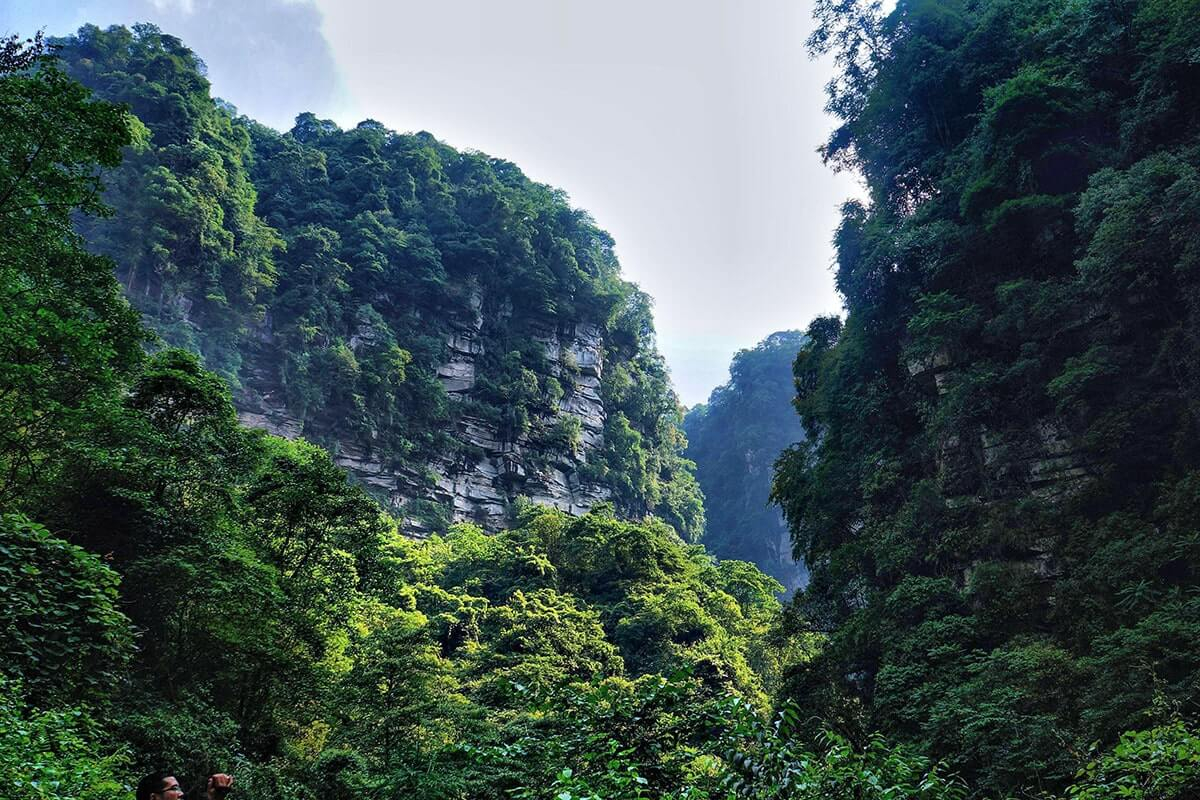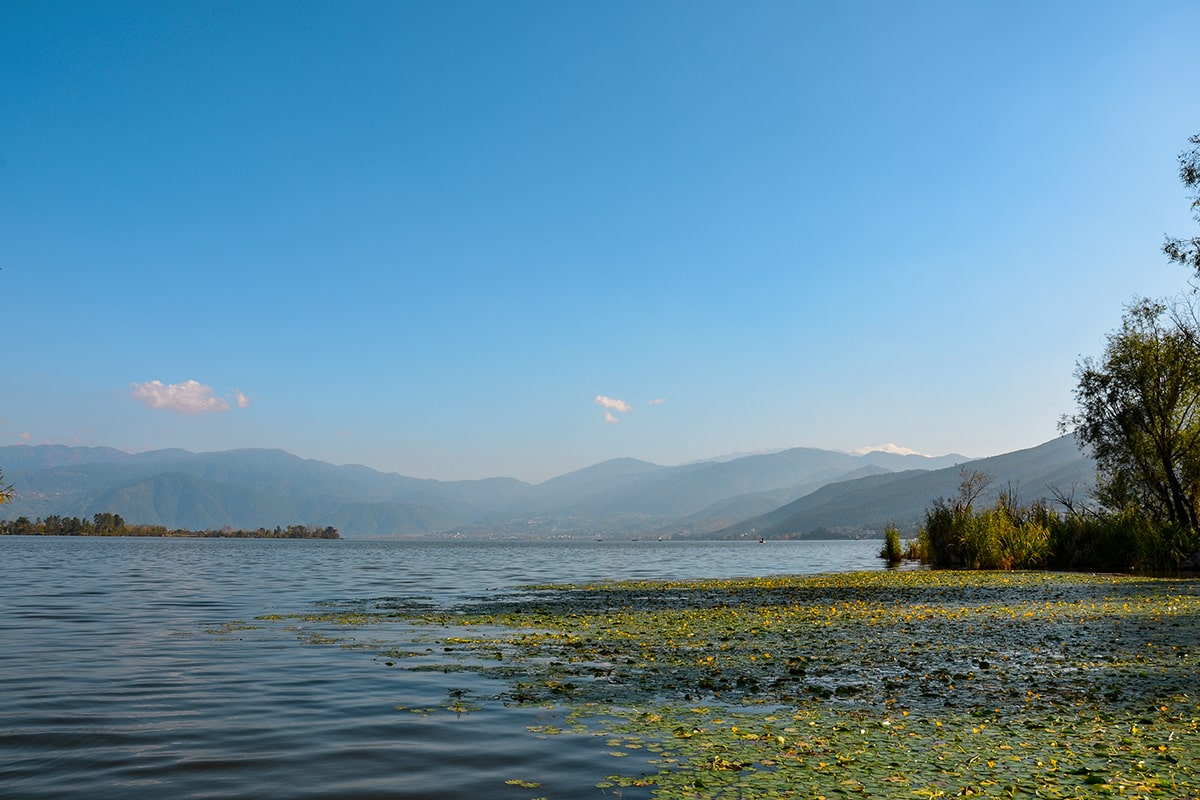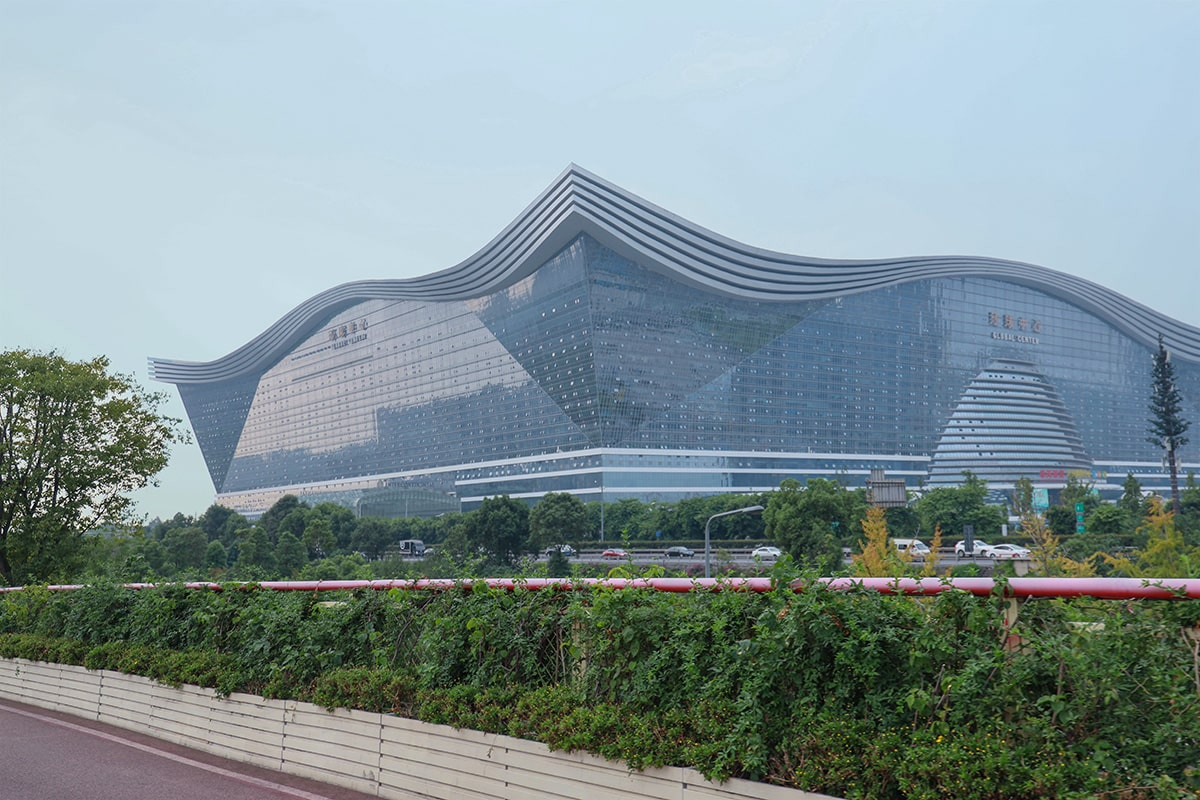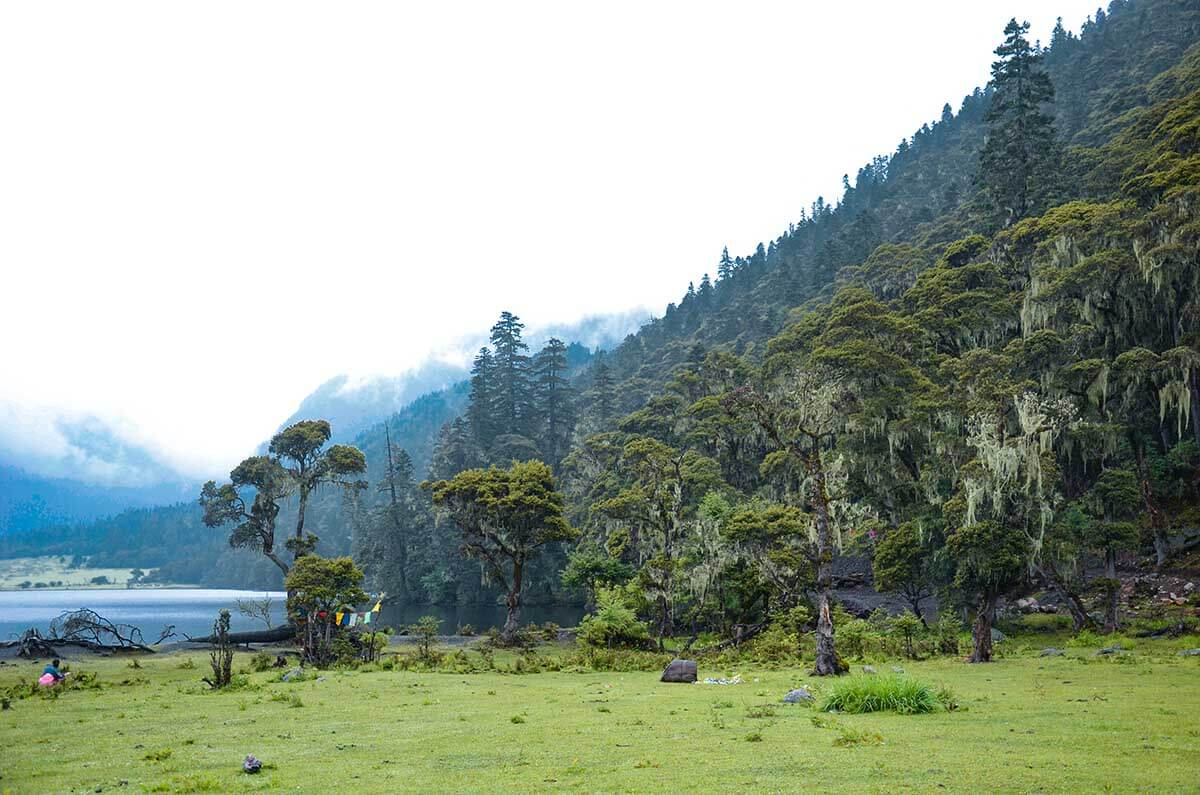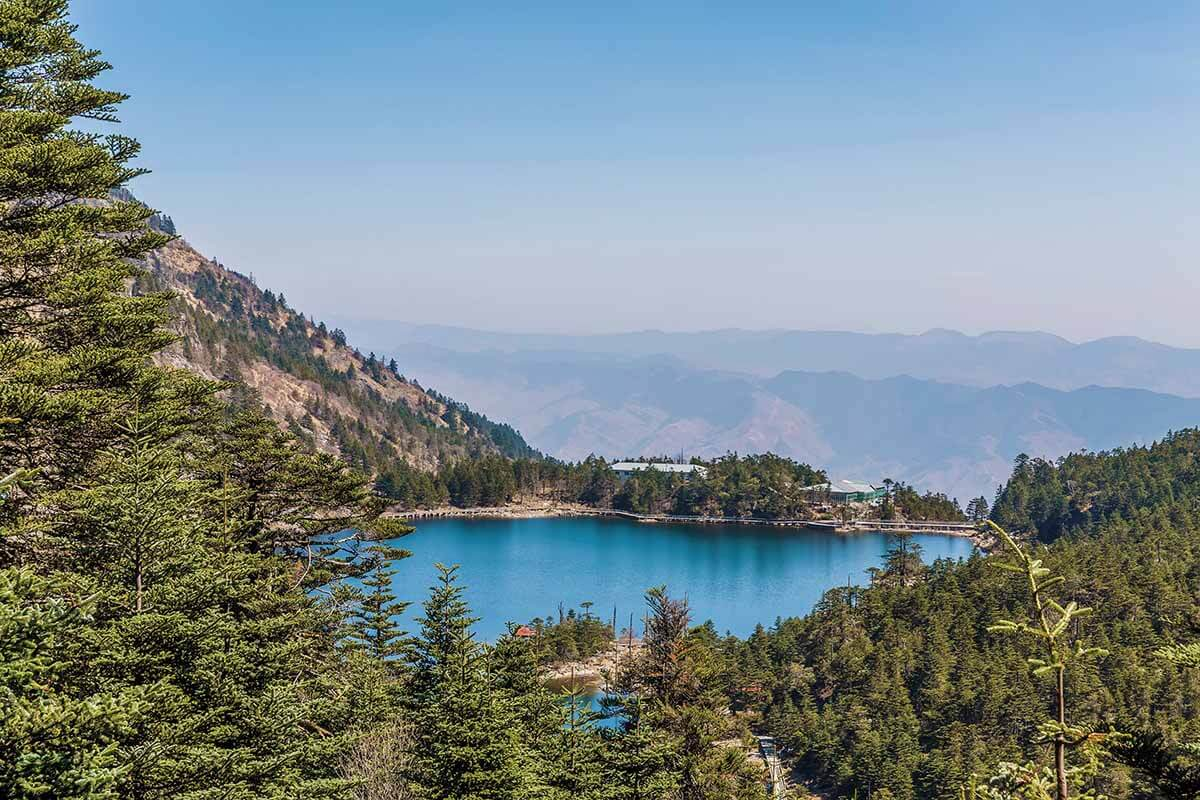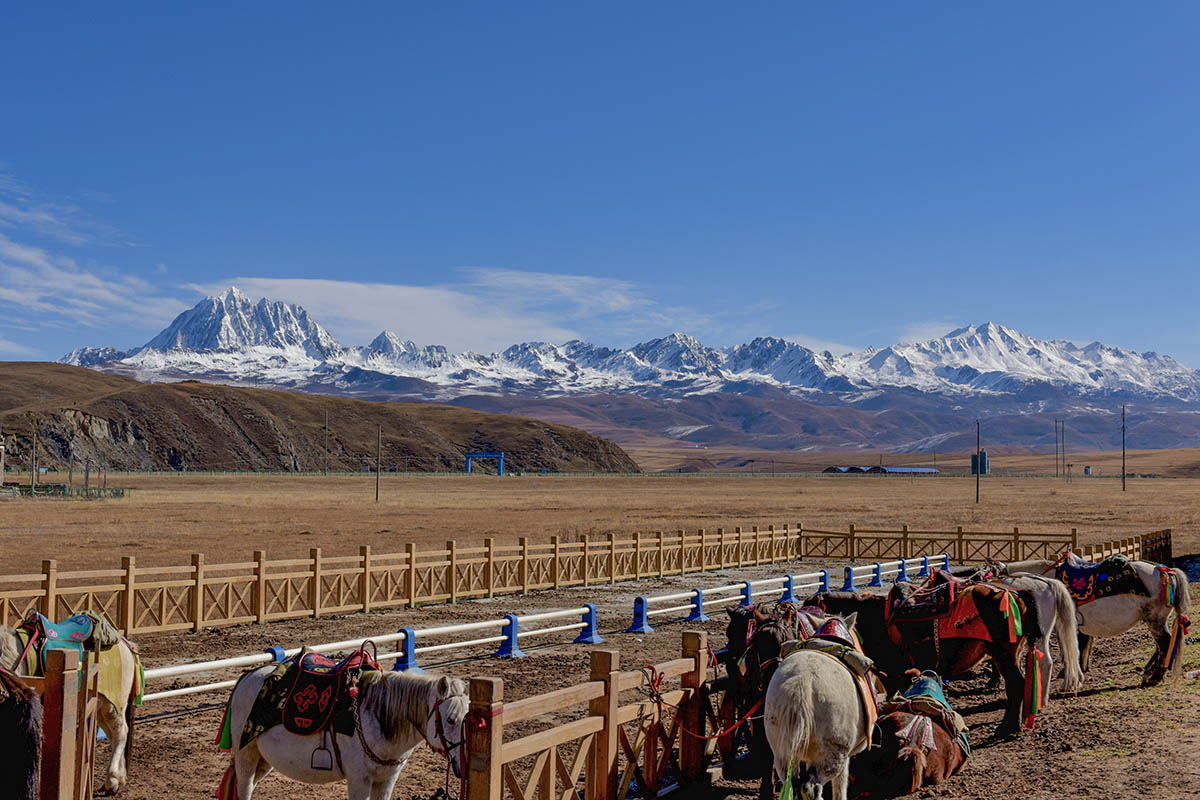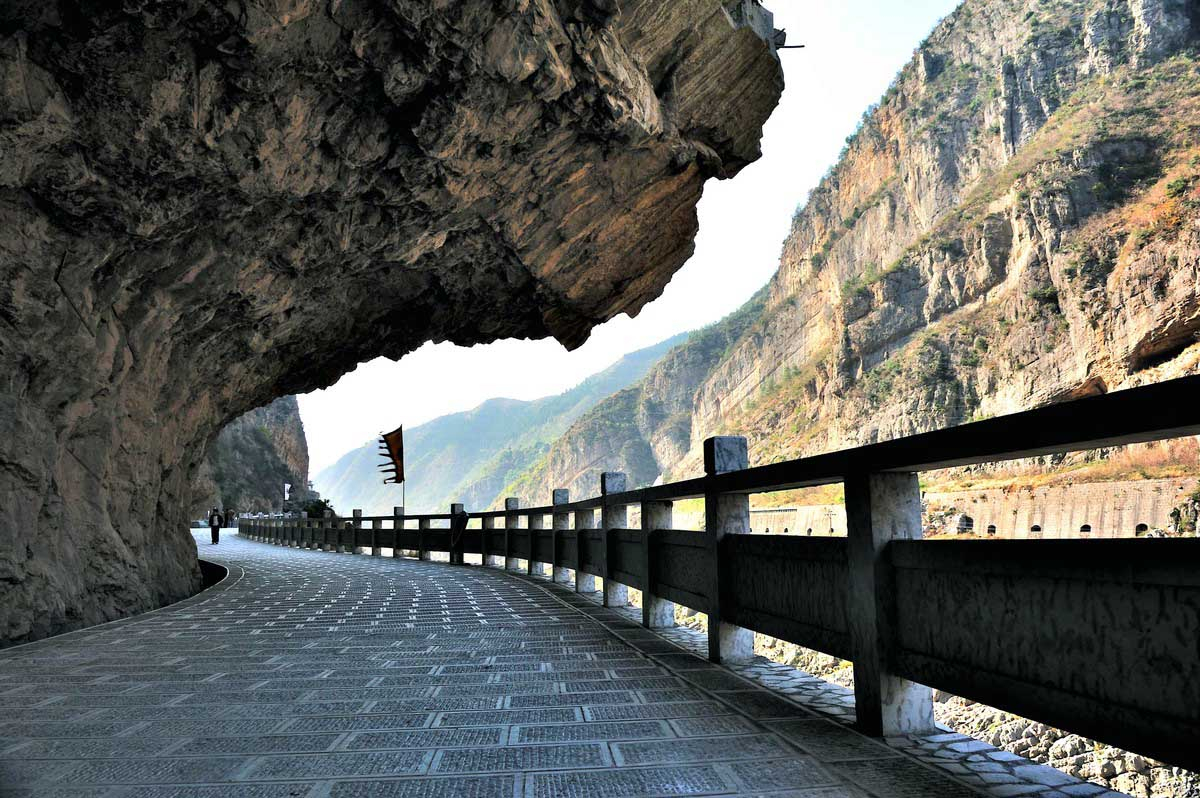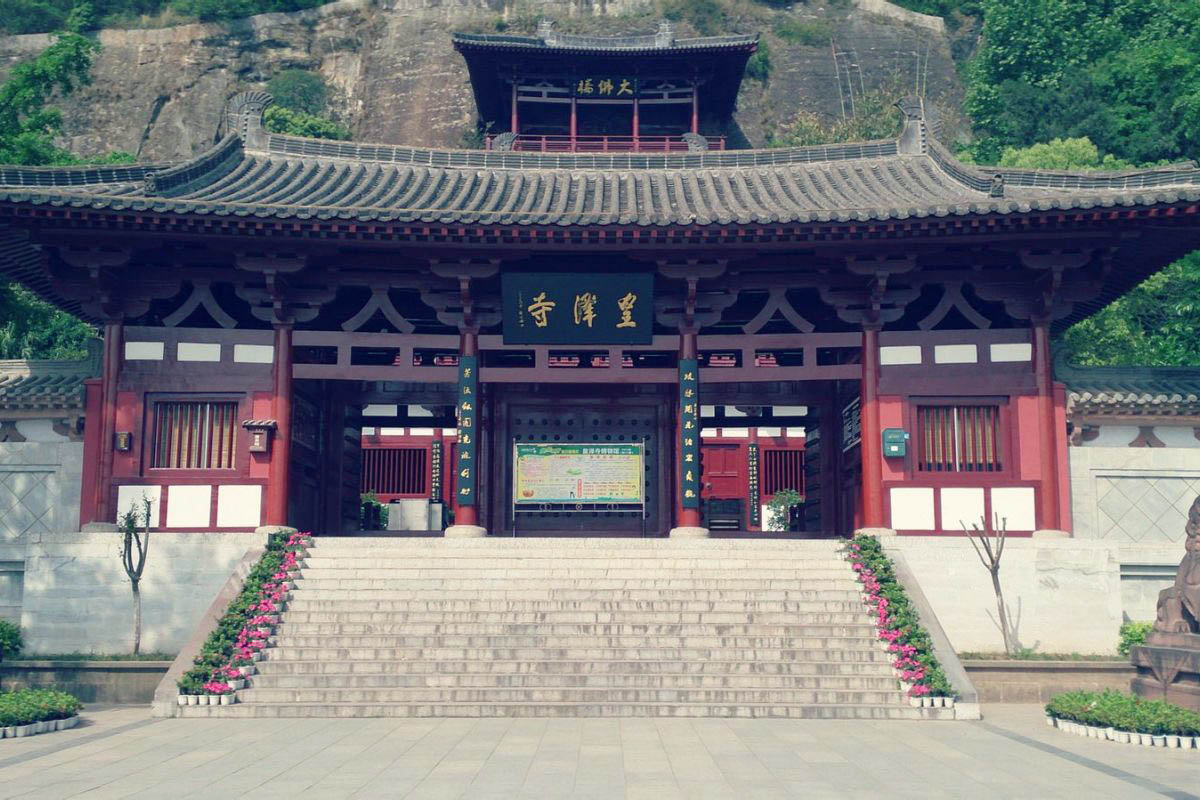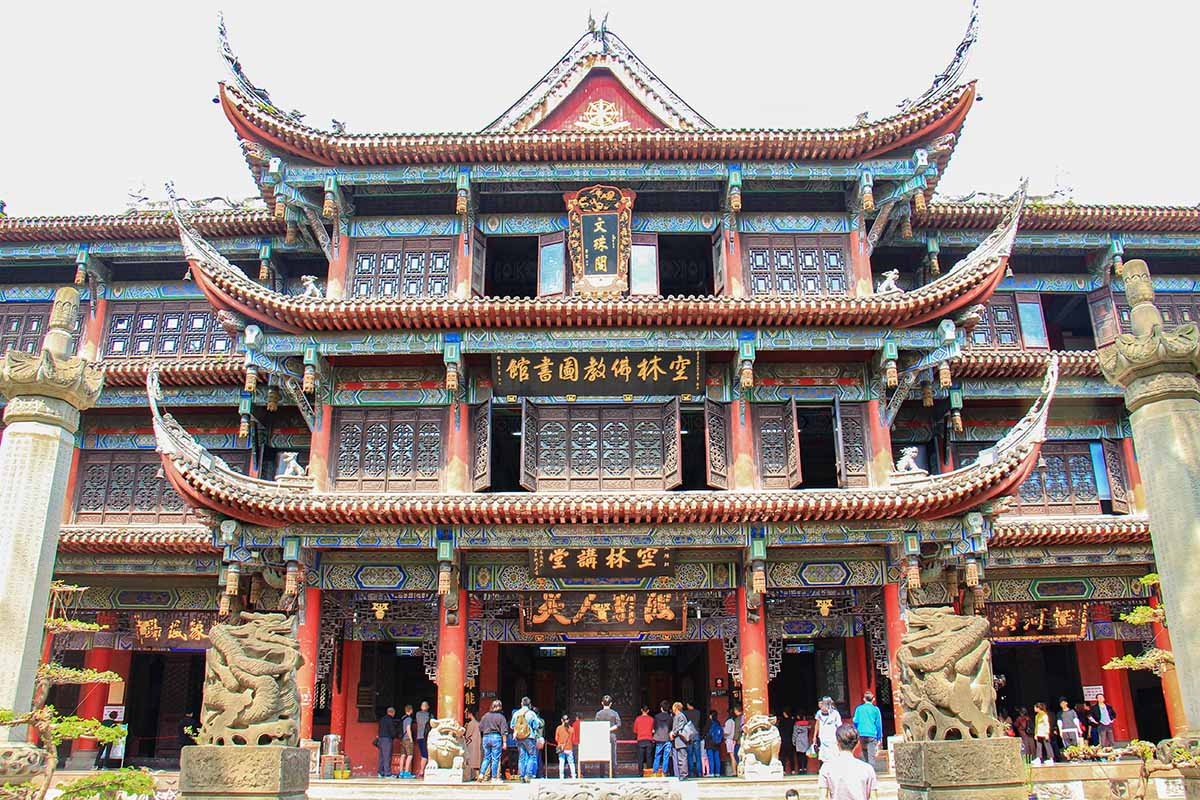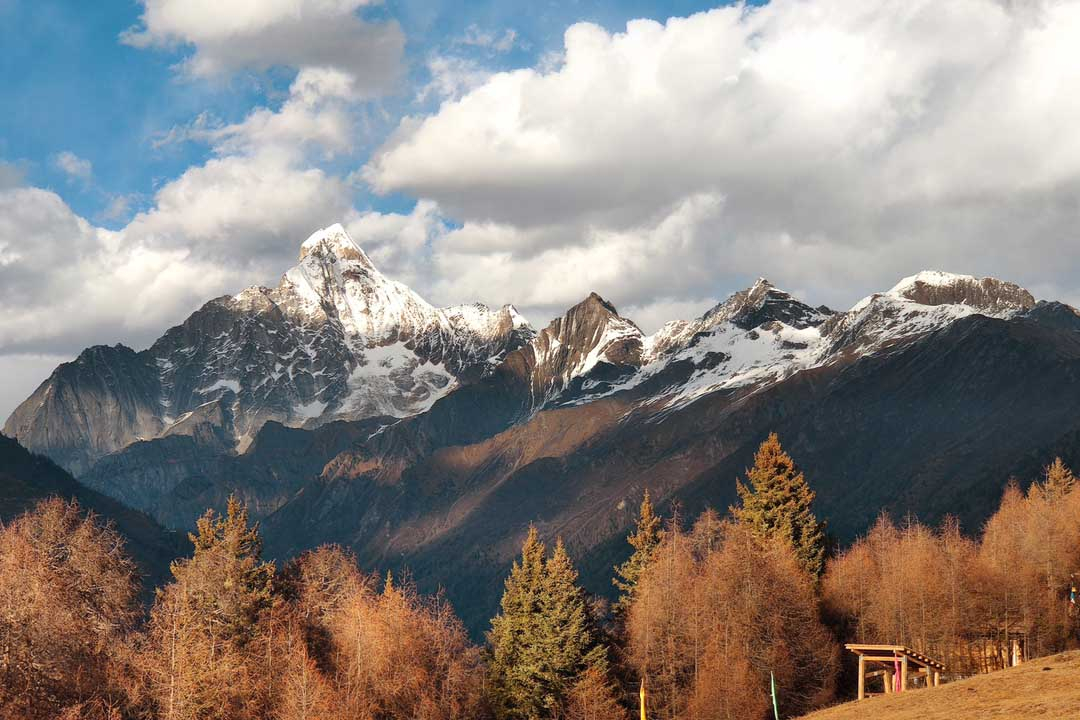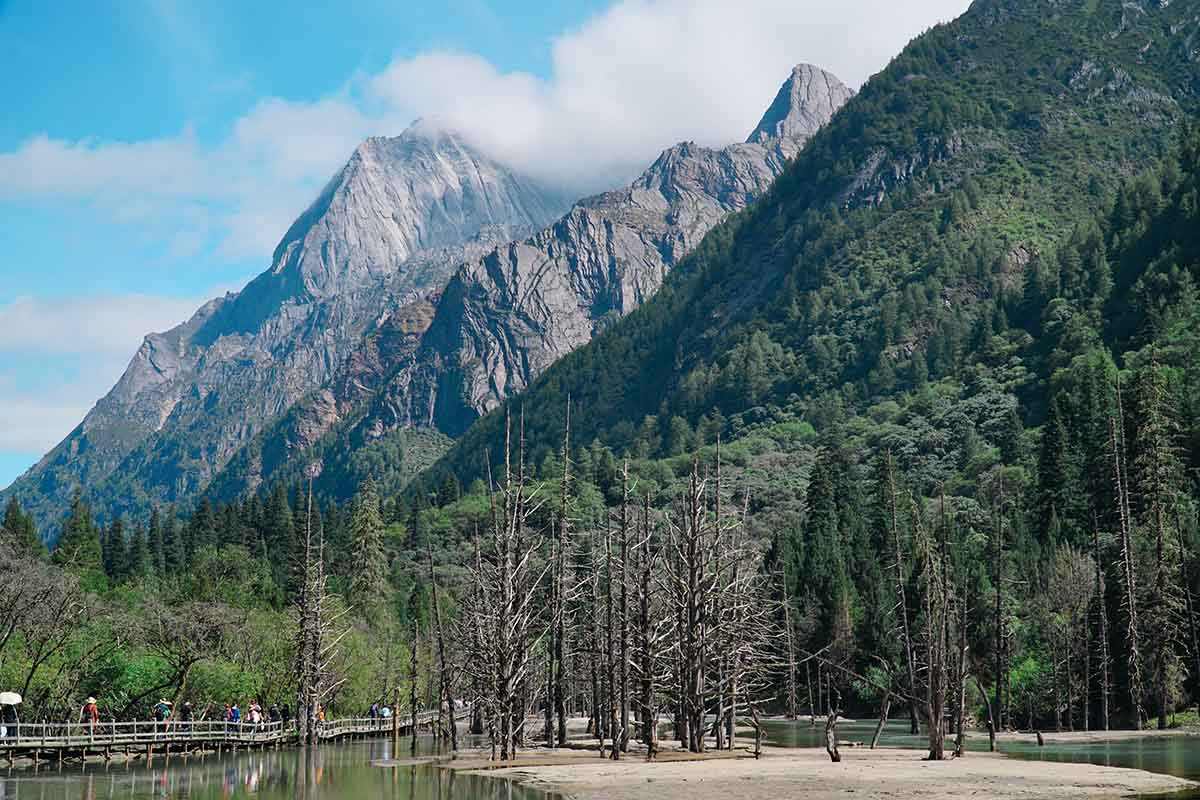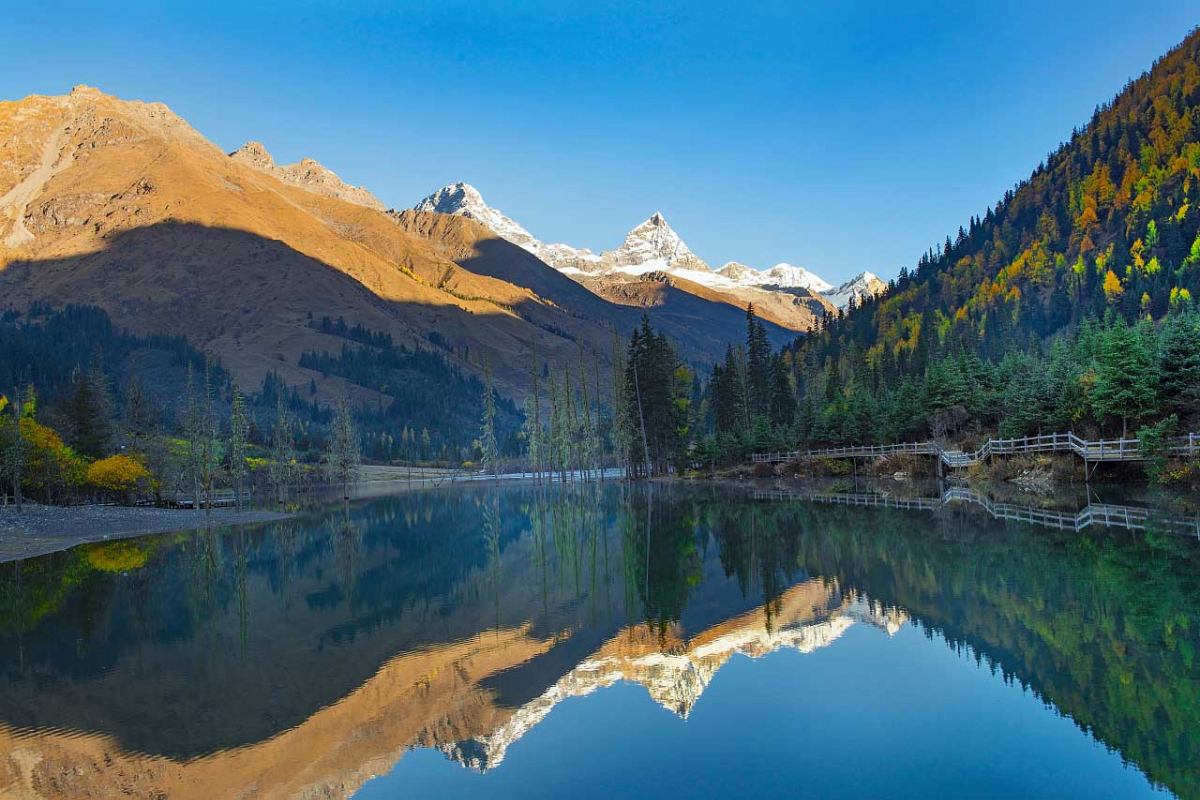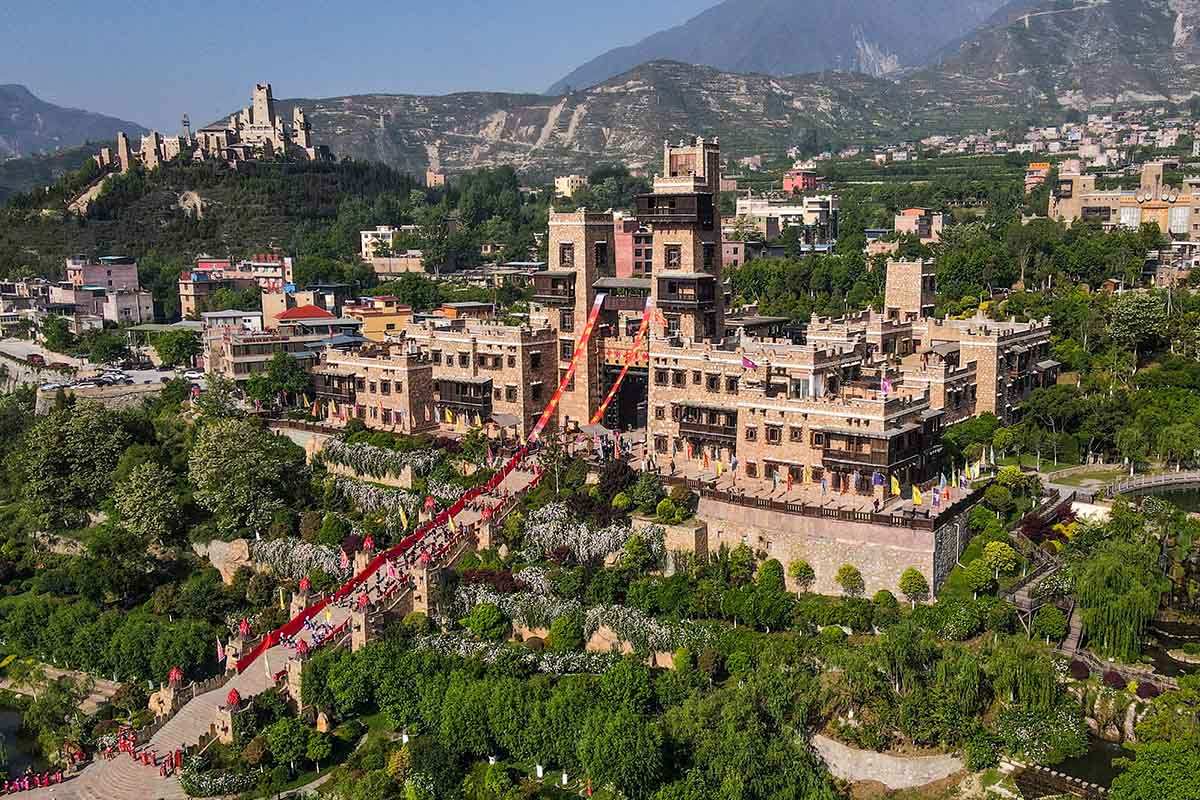Luding Bridge
Chinese name: 泸定桥 ( Lu Ding Qiao)
Location: Kaixiang Road, Luding County, Ganzi Tibetan Prefecture, Sichuan Province.
Ticket: Entrance ticket CNY20.00
Estimated tour time: 30min
Recommended time to visit: Whole Year
Nearby attractions: Hailuogou National Glacier and Forest Park,Yanzi Valley, Moxi Ancient Town, Mugecuo Scenic Area.
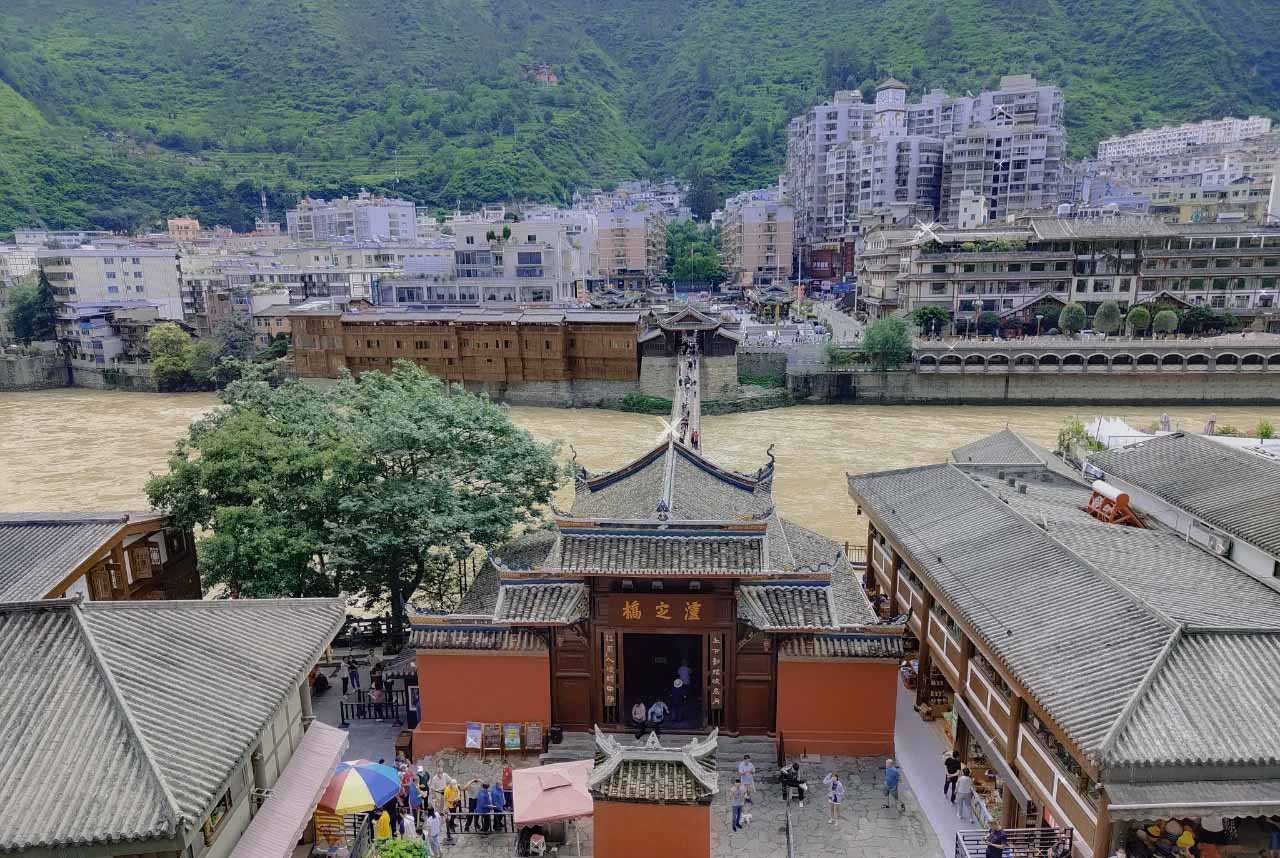
Luding Bridge was built in 1705. In order to improve the transportation efficiency in Tibetan area, Emperor Kangxi(1654-1722) gave an order to build up a bridge over Dadu River. The bridge is made of thirteen iron chains and paved with wooden board. The iron chains each weigh at 1.6 tons with over 860 iron hoops. The bridge is 106.37 meters in length and 3 meters in width. It straddles Dadu River. The water below rushes rapidly. It is amazing that the bridge was built up more than 300 years ago without cranes. It is said that the chains were moved over the river from the east to the west by utilizing cable and derrick. The cable was made of bamboo, and the derrick was made of wood.
The bridge was named by Emperor Kangxi. Lu refers to Dadu River, and Ding means peaceful and settled. The emperor wished that Tibetan society would be stable and peaceful after the bridge was completed. Dadu River is also called Mo River. The bridge would have been named as Moding Bridge. But the emperor misread the river’s name, then he misnamed it.
Luding Bridge is listed as one of the five most famous ancient bridges in China. It is considered as a feat of bridge construction in the world. There are two towers standing on both sides of the bridge. The inscriptions on the towers are in the handwriting of Emperor Kangxi.
In 1850, a turbulent rebellion broke out in southern China. The rebels captured Najing, and established Taiping Heavenly Kingdom. The top leader was Hong Xiuquan. His kingdom was destroyed by the Qing army in 1864. By the end of Taiping Civil War Period, General Shi Dakai launched his military expedition to Sichuan Province. In 1863, his army arrived at the bridge, and was completely defeated.
In October 1934, the Red Army started the Long March from Jiangxi Province. The Red Army reached the bridge on May 29, 1935. Before the battle, the Kuomintang troop took away all the wooden board from the bridge. Twenty two soldiers of the Red Army crept on the chains, carrying rifles and wooden boards. Four of them were killed by the enemy. Finally, the bridge was occupied by the Red Army. It was a critical moment for the Red Army. If they could not pass through the bridge, the main force would be destroyed by the enemy chased.
- HOTEST
- RECOMMEND
